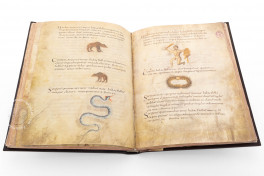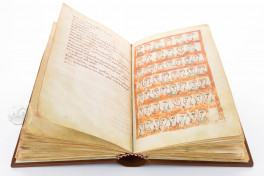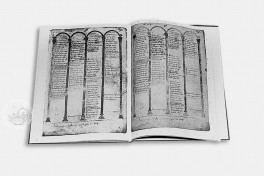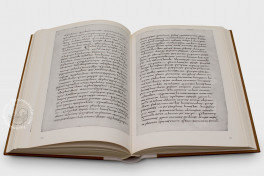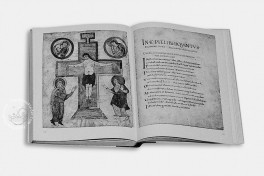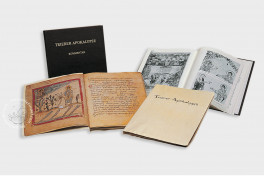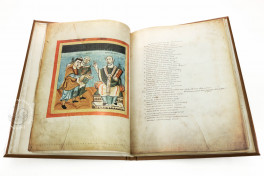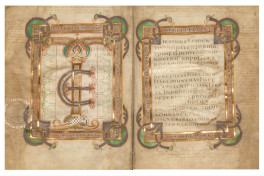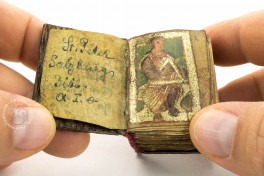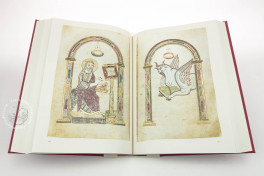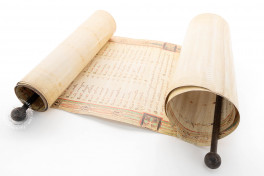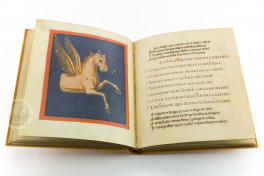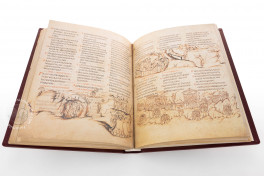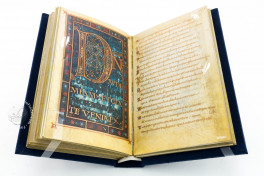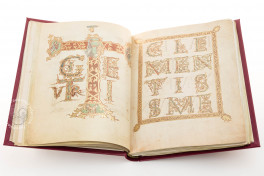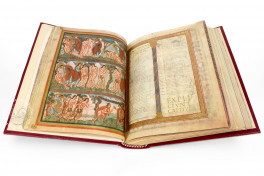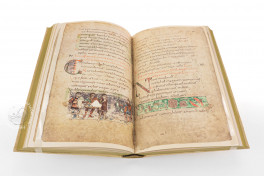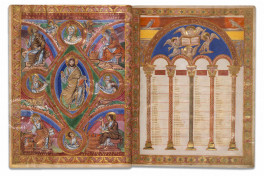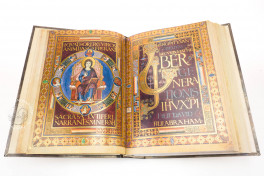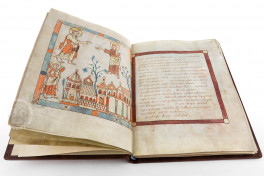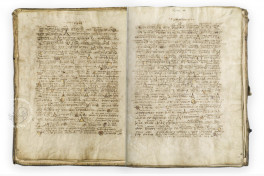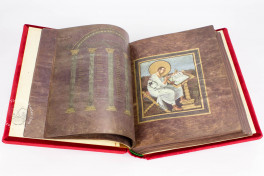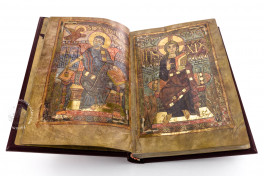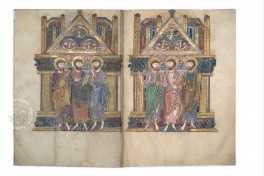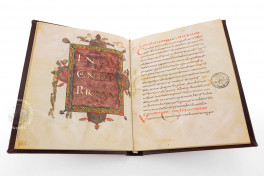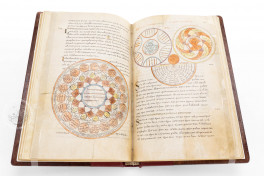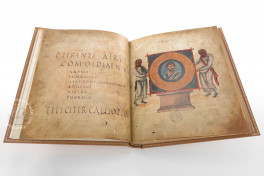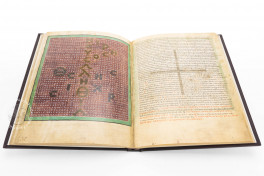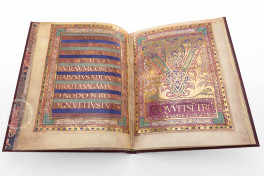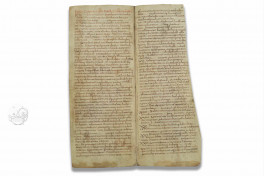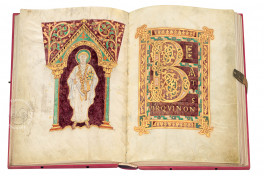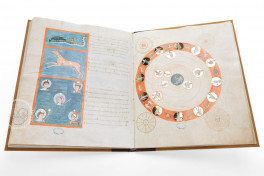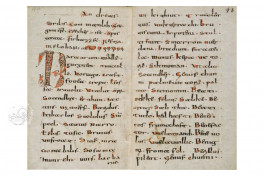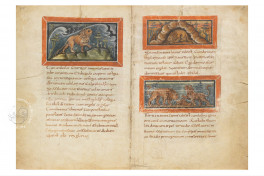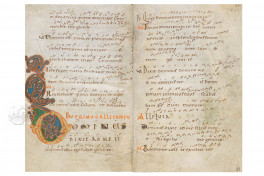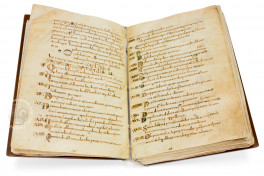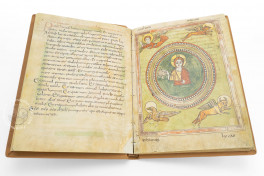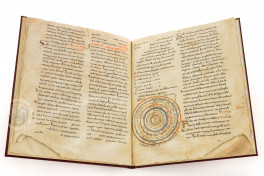When Pope Leo III crowned Frankish king Charlemagne emperor of the newly-established Holy Roman Empire, he set in motion a number of cultural, not the least of which was a temporary revival of Roman classicism that would eventually impact the world. The term Carolingian comes from Carolus, which is the Latin for Charles. Viewing himself as the next Constantine, Charlemagne − who could allegedly read but not write − set about to reform the liturgy, reinstate Latin as a scholarly language, and raise literacy and educational standards.
Read more
Charlemagne's own cultural élite of scholars created a new script, Carolingian minuscule, that lent uniformity to Carolingian manuscripts and written communication at the time. Manuscript readers anywhere within Charlemagne's empire could read texts produced in Carolingian minuscule, something which had proven quite difficult before because of the varied number of script styles used throughout modern-day Europe.
Some indicating features of Carolingian manuscripts are:
- Classical style
- Artists attempted to represent more three-dimensional figures and subjects
- Preference for Old Testament subjects that could be depicted in a lavish, regal fashion, imitative of Charlemagne's royal court
- Elaborately decorated capital letters
- Heavy ornamentation and use of gold on precious gem-studded manuscript covers
- Extensive use of silver and gold leaf, as well as of the color purple
- The unique Ebbo style of miniature painting was vigorous and energetic, employing bold, fast brush strokes
Many Carolingian manuscripts still bear the name of the scriptorium where they were penned and illuminated: the imperial Palace at Aachen, Rheims, Metz, and Tours.


